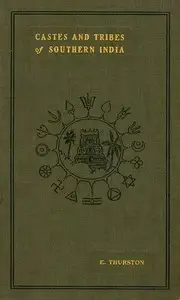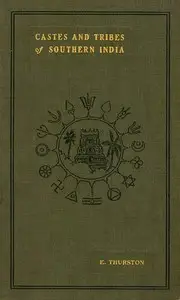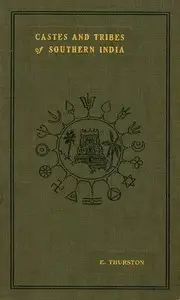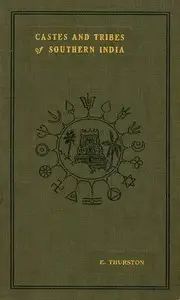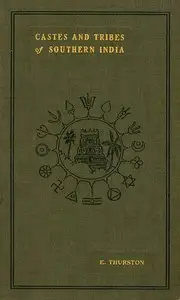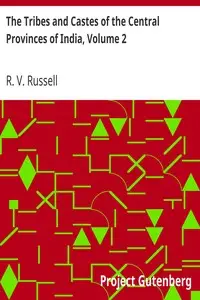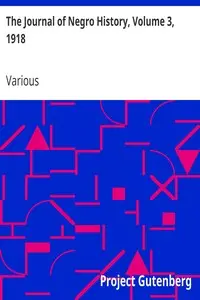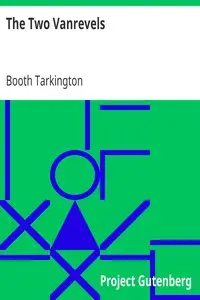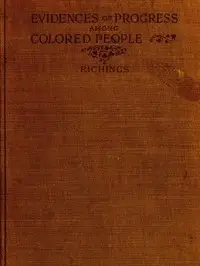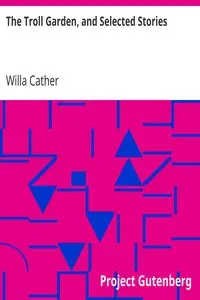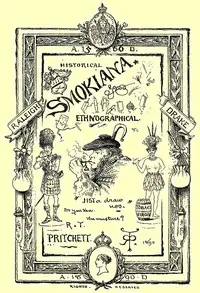"Castes and Tribes of Southern India. Vol. 2 of 7" by Edgar Thurston is an early 20th-century study that explores the diverse social groups of Southern India. This book looks at the area’s complex society by presenting information about different castes and tribes and their traditions . It starts by introducing communities like the Canji, Chacchadi, and Chakkiliyan, explaining their roles and traits in society. Take the Chakkiliyans, for instance; they are leather workers with unique marriage traditions. Each analysis shows the norms, rituals, and even physical features related to different groups, giving readers interested in history and culture a full picture of Southern India's social workings and the impact of those identities rooted in the region's traditions.
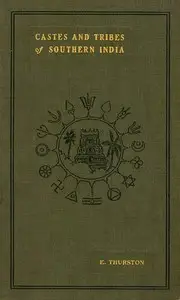
Castes and Tribes of Southern India. Vol. 2 of 7
By Edgar Thurston
Uncover the hidden lives and intricate customs of Southern India's diverse communities, from their unique marriage ceremonies to their societal roles, as revealed in this historical exploration of caste and tribe.
Summary
About the AuthorEdgar Thurston was the British Superintendent at the Madras Government Museum from 1885 to 1908 who contributed to research studies in the fields of zoology, ethnology and botany of India, and later also published his works at the museum. Thurston was educated in medicine and lectured in anatomy at the Madras Medical College while simultaneously holding a senior position at the museum. His early works were on numismatics and geology, and these were later followed by researches in anthropology and ethnography. He succeeded Frederick S. Mullaly as the Superintendent of Ethnography for the Madras Presidency.
Edgar Thurston was the British Superintendent at the Madras Government Museum from 1885 to 1908 who contributed to research studies in the fields of zoology, ethnology and botany of India, and later also published his works at the museum. Thurston was educated in medicine and lectured in anatomy at the Madras Medical College while simultaneously holding a senior position at the museum. His early works were on numismatics and geology, and these were later followed by researches in anthropology and ethnography. He succeeded Frederick S. Mullaly as the Superintendent of Ethnography for the Madras Presidency.

